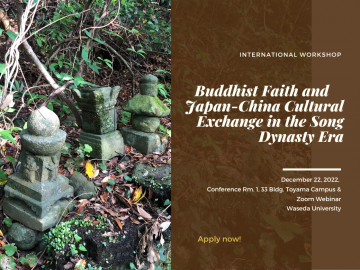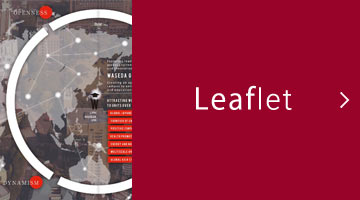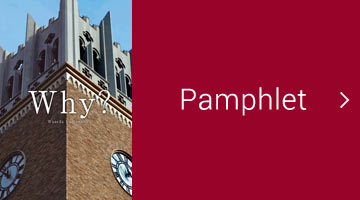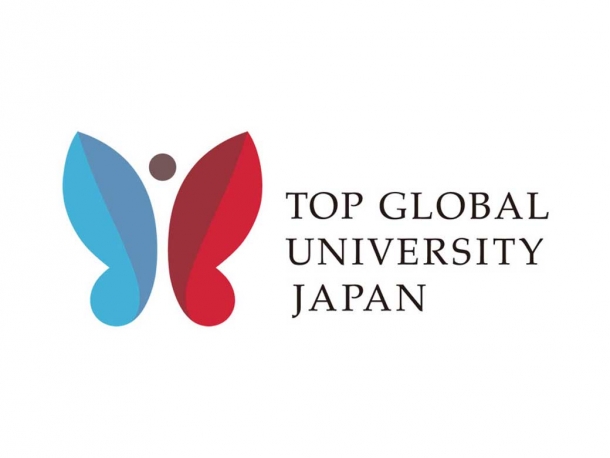On Thursday, December 22, 2022, “Buddhist Faith and Japan-China Cultural Exchange in the Song Dynasty Era,” an international workshop in collaboration with Waseda University and Ningbo University, was held in a hybrid format of Zoom and face-to-face (for only concerned parties from the two universities). Two Chinese researchers and a Japanese researcher gave reports, and three graduate students from Japan and China provided comments. A lively discussion was held on how international exchanges on Buddhist faith during the Song dynasty affected regional historical developments in Japan and China.

The collaborative workshop with Ningbo University began with the international symposium “The History of Culture Communication between Zhejiang and Japan in Global Perspectives” held in Ningbo in 2019, and after a hiatus due to Covid-19, resumed as a hybrid international workshop “The History and Memory of Ports in Literature” in 2021.
This workshop, the third in the series, welcomed Professor Yingyan Gong from China, marking the first step toward the resumption of face-to-face workshops. After an opening address by Akio Kawajiri, Professor of Faculty of Letters, Arts and Sciences and Director of the Institute of culture in Nara period, Waseda University Comprehensive Research Organization, and Yingyan Gong, Professor of Ningbo University and Chief Specialist of the Zhejiang Academy of Cultural Studies, gave an explanation of the purpose of the workshop, and spoke about the close relationship between the Zhejiang region and Japan through Buddhism in the Song Dynasty, which has great significance as a history of cultural exchange. He also emphasized the significance of studying the history of cultural exchange in both countries today.

In the first report, Yongqi Shang, Director of the Buddhist Culture Center of Ningbo University, presented the interpretation that “the original image of the Otoboku Sendanzui-zo statue in Seiryo-ji Temple, engraved by Chonen, was imported from Bu-Nan during the reign of Emperor Liang Wu” through detailed comparative analysis of various historical documents and evaluation of their authenticity. With focus on the reproduction of the true form of the statue, the process of transferring the statue, and the characteristics of the statue, such as the standing figure, the robe, and the hem, he also discussed the criteria and limitations of the early reproductions, based on his clarification of the history, lineage, and characteristics of the early reproductions, which had not been clarified until now.

Next, Yingyan Gong gave a detailed examination of the research status and the authenticity of various theories regarding the origin of the “Yochi Zu” in the collection of the Rikkyoku-an at Tofuku-ji Temple in Japan. As a result, it was proven that the “Yochi Zu” is the map with the richest historical and geographical information among the ancient maps of the Ming Dynasty, and that it is a rubbing copy of a stone carved map of the Southern Song Dynasty. He emphasized that the Rikkyoku-an “Yochi Zu,” introduced to Japan from China via the Silk Road, is a symbolic product of Japan-China cultural exchange, and that further detailed clarification is needed through collaboration between scholars from both countries.

Finally, Fumio Tanaka, Professor of the Faculty of Letters, Arts and Sciences, Waseda University, gave a report on the background of the faith in Satsuma pagodas through a comparison of inscriptions on Satsuma pagodas and Chinese stone pagodas. He showed that Satsuma pagodas were stone pagodas distributed in western Kyushu mainly in the 13th and 14th centuries, and that only one pagoda, located in the central shrine of Shijiki Shrine in Hirado City, Nagasaki Prefecture, has an inscription. The inscription is a wish for worldly benefits based on the “Lotus Sutra” widely spread in Japanese society at the end of the Kamakura period, and Chinese stone pagodas, said to be related to Satsuma pagodas, were also associated with the belief in worldly benefits. He argued that the main actors in the medieval Japan-China link were Chinese merchants whose livelihood was based in Japan.
After the report, Haiyan Wang, a professor at the School of History, Zhejiang University and a member of the Academic Committee of the Zhejiang Institute of Culture, Ningbo University, moderated the discussion, and Kaige Gong, a doctoral student at Waseda University, commented on Shang’s report, Itami, a doctoral student at Waseda University, commented on Gong’s report, and Yuan Li, a master’s student at the Ningbo Graduate School of Business, commented on Tanaka’s report. Comments and questions from the fresh perspectives of the graduate students were received by the presenters, who responded enthusiastically, leading to a lively discussion.
After the comments and replies, Kimiko Kono, Professor of the Faculty of Letters, Arts and Sciences and Director of the Research Institute of Japanese Classical Books, Waseda University Comprehensive Research Organization, moderated a lively general discussion both in the hall and online, bringing the workshop to a successful conclusion.
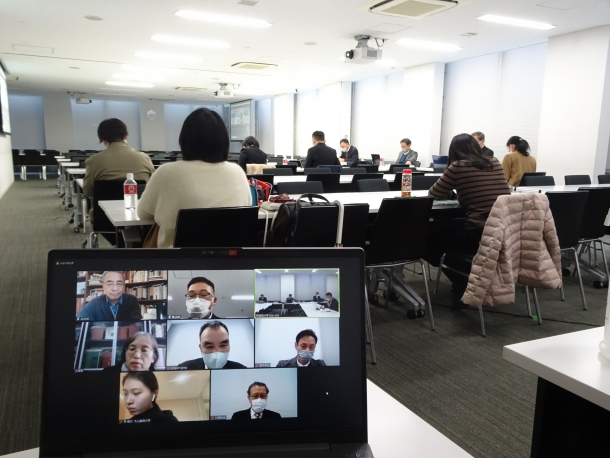
Event Overview
- Date and Time: December 22, 2022, 13:30-17:10 JST
- Venue: Conference room 1, Building 33, Toyama Campus, Waseda University, and online.
- Language: Japanese and Chinese
- Participation free
- Organized by: The Global Japanese Studies Model Unit, Waseda University Top Global University Project
The Ryusaku Tsunoda Center of Japanese Culture, Waseda University Japanese Culture of Research Institute for Letters, Arts and Sciences
Institute for East Zhejiang Culture Studies, Ningbo University
School of Humanities and Communications, Ningbo University - Co-organized by: Research Institute of Japanese Classical Books, Waseda University Comprehensive Reasearch Organization
Institute of culture in Nara period, Waseda University Comprehensive Reasearch Organization


